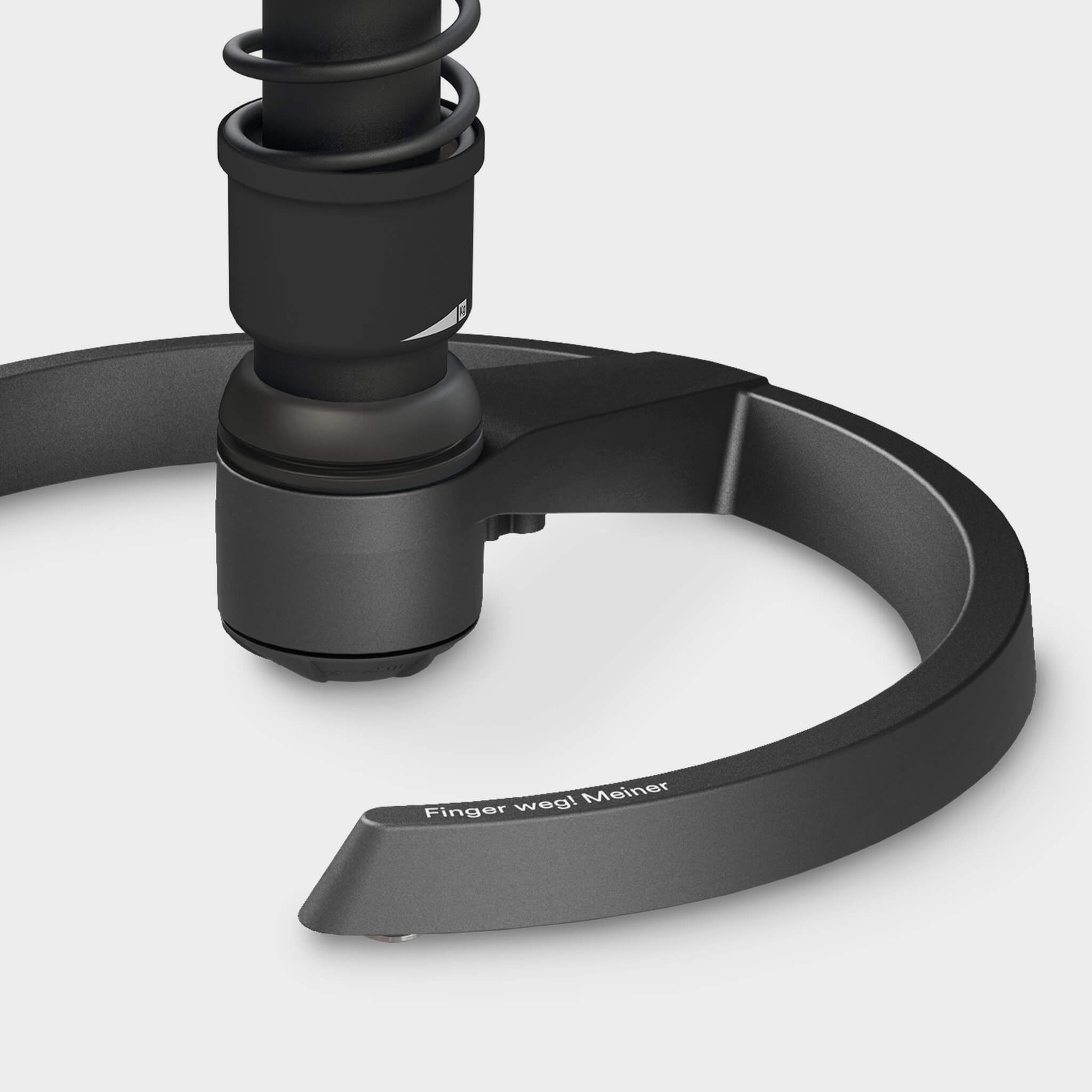Muskulatur und Bewegung
Muskeln sind der Motor unseres Körpers. Muskeln halten uns in Bewegung und haben gleichzeitig einen riesigen Appetit auf Energie, auch im Ruhezustand. Es gibt keine einzige Bewegung, die ohne Muskeln funktioniert
Was die Muskeln alles können
Muskeln bestehen – ähnlich wie ein Glasfaserkabel, das aus einzelnen Drähten, die gebündelt nebeneinander liegen und von einer schützenden Schicht ummantelt werden – aus Muskelfasern, die von Faszien umhüllt sind. Über Sehnen an ihren Enden sind sie an Knochen fixiert und durch das Zusammenziehen bzw. Entlasten der Muskulatur entsteht Bewegung.
Wer viel lächelt, bewegt seine Gesichtsmuskeln mehr als jemand, der zum Lachen in den Keller geht. Wer die Treppen nimmt, statt nur in den Aufzug zu treten, ebenfalls. Selbst ein Mausklick setzt eine ganze Muskelkette in Bewegung. Nichts geht ohne sie! Über 640 Muskeln hat der Mensch. Die einen sind kurz, die anderen lang, die einen dick, die anderen dünn. Zusammen bilden sie ein perfektes System. Ähnlich wie eine Maschine muss aber auch dieses System gepflegt und deshalb bewegt werden. Sonst verliert es an Kraft. Muskeln besitzen kein Verfallsdatum, aber sie werden schwach, wenn sie nicht benutzt werden. Sobald der Körper merkt, dass die Muskeln nicht regelmäßig aktiviert werden, versucht er sie zu reduzieren. Es geht unseren Muckis also früher oder später an den Kragen: Muskeleiweiße werden abgebaut, die Energiespeicher der Muskeln geplündert. Auf Dauer legt der Körper kleinere Nerven- und Blutbahnen still, die zu den Muskeln führen. Der Stoffwechsel läuft auf Sparflamme, es wird nur wenig Energie verbrannt.
Frisst der Bürojob meine Muskeln auf?
Ja, denn durch das viele lange Sitzen – teilweise bis zu 9 Stunden täglich – wird die Muskulatur nicht genügend beansprucht und wird damit schwächer. Und das hat fatale Auswirkungen. So erschlafft die Rückenmuskulatur, Fehlhaltungen und Rückenschmerzen sind vorprogrammiert. Und auch der Energieverbrauch der Muskeln ist durch den Mangel an Bewegung heruntergefahren. Das verlangsamt den Stoffwechsel und führt häufig zu Übergewicht.
Deshalb sollten wir für möglichst viel Bewegung auch im Büroalltag sorgen: Das kann der zentrale Drucker sein, zu dem jeder einen Weg zurücklegen muss oder der Spaziergang in der Mittagspause, aber auch das Treppensteigen am Morgen und Abend etc.
Der Bürostuhl als Muskeltrainer
Ein weiterer Ansatz ist der Blick auf die Büromöbel. Durch intelligente Büromöbel lässt sich viel Bewegung in den Sitzalltag integrieren und auch das hält die Muskulatur auf Trab. Dynamisches Sitzen ist hier das Zauberwort. Bürostühle wie der Swopper oder der 3Dee von Aeris lassen Stillstand gar nicht zu und trainieren so ganz nebenbei die Muskulatur. Wie das genau funktioniert?
Im Aeris Swopper und im Aeris 3Dee versteckt sich echte Hightech. Das 3D-flexible Gelenk und das federgelagerte Sitzen ermöglichen viel Bewegung in drei Dimensionen: vertikal, zur Seite, nach vorne und hinten. Der Stuhl reagiert somit auf den Be-Sitzer und passt sich seinem natürlichen Bewegungsbedürfnis an. Dadurch bewegt man sich doppelt so viel wie auf herkömmlichen Bürostühlen. Und das ist gut für die Kräftigung und Durchblutung der Muskulatur, insbesondere der Rückenmuskulatur. Die seitliche Flexibilität und die Vorneigung beim Sitzen auf dem Aeris Swopper oder Aeris 3Dee erweitern zudem den Greifraum, sorgen für eine optimale Haltung zur Arbeitsfläche und beugen Fehlhaltungen vor.
Dass die Muskeln durch das dreidimensionale Sitzen aktiviert werden, merken viele besonders in der Eingewöhnungsphase. So beobachten viele beim anfänglichen Sitzen ein leichtes „Zwicken“ bzw. leichte Rückenschmerzen. Tatsächlich handelt es sich hierbei aber meistens um einen kleinen Muskelkater. Also ein gutes Zeichen: Bislang kalt gestellte Muskeln wachen gerade wieder auf. Das Beste, was Sie dann tun können, ist: ordentlich in alle Richtungen zu schwingen.
